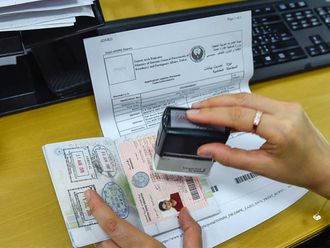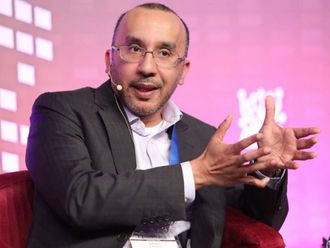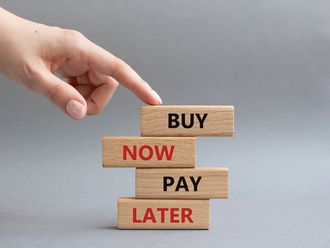The six-member Gulf Cooperation Council (GCC) made the right decision in signing a memorandum of understanding on commercial and econ-omic cooperation with the 19-member Common Market for Eastern and Southern Africa (Comesa).
GCC Secretary-General Abdul Rahman Al Attiyah and his counterpart at Comesa, Sindiso Ngwenya, signed the deal in Riyadh last week.
Comesa is a relatively new trading bloc, with a treaty signed in 1993 in Uganda and ratified a year later in Malawi. The bloc is headquartered in the Zambian capital of Lusaka.
The agreement serves the needs of both blocs. For the GCC, the pact falls in line with a newfound drive to strengthen business relationships with different trading blocs.
In 2009, the GCC clinched a free trade agreement (FTA) with the European Free Trade Association (EFTA), comprising Switzerland, Norway, Iceland and Liechtenstein. The pact with EFTA was the first of its kind between the GCC and any economic bloc.
Investments
The Comesa region is noted for attracting GCC investments in different sectors, notably telecommunications and agriculture. For instance, etisalat of the UAE is the main shareholder of Zantel, a key telecom firm in Tanzania. Still, recently Zain of Kuwait sold most of its assets in Africa to Bharti Airtel of India for more than $10 billion (Dh36.7 billion). Yet, Zain retained its investment in Sudan.
Also, the Comesa region holds prospects for meeting part of the GCC's needs for agriculture products. Already, the UAE invests in Sudan's agricultural sector, employing the latest technologies. The latest statistics put the GCC's food import bill at $12 billion annually.
Comesa boasts spec-ial qualities like being a multicultural bloc, with members such as Libya, Kenya and Zambia. The combined population of the bloc is estimated at 430 million, a sizable figure when compared to Africa's 1 billion people. Also, Comesa countries occupy nearly 12 million square kilometres, that is, 40 per cent of the continent's total area.
Nevertheless, Comesa has relatively low intra-trade amongst member countries. In 2008, member countries accounted for about $15 billion of the $309 billion trade by the group, merely 5 per cent of the total.
With the limited prospects for enhancing intra-trade, the Comesa general secretariat cannot be blamed for looking for external opportunities, with the lucrative GCC region presenting an ideal choice. Some Comesa members share religion and language with the GCC, and geographically, several Comesa members are not too far from the GCC, notably Saudi Arabia.
Economic differences
In reality, there are key economic differences between the two blocs. The gross domestic product (GDP) of GCC and Comesa stands at $900 billion and $360 billion, respectively. Also, some GCC states enjoy extraordinarily high GDP per capita income, nearly as high as $75,000 per annum in the case of Qatar. Only Liechtenstein and Luxembourg enjoy a higher GDP per capita than Qatar.
Certainly, concluding a deal is one thing and putting it into effect is another. The MoU sets the stage for GCC's private sector investors to invest in Comesa, a region noted for numerous types of mineral resources.
Accords such as the FTA with the EFTA and the MoU with Comesa help raise the international profile of the GCC as a bloc.
Undoubtedly, we are living in an age of trading blocs, where there is only limited capability for individual countries, especially small ones in terms of economic might. The European Union consists of 27 countries.
Hopefully, the latest deal with Comesa and earlier with EFTA would convince the EU to conclude a long-awaited FTA with the GCC states.
Dr Jasim Ali is a Member of Parliament in Bahrain.











